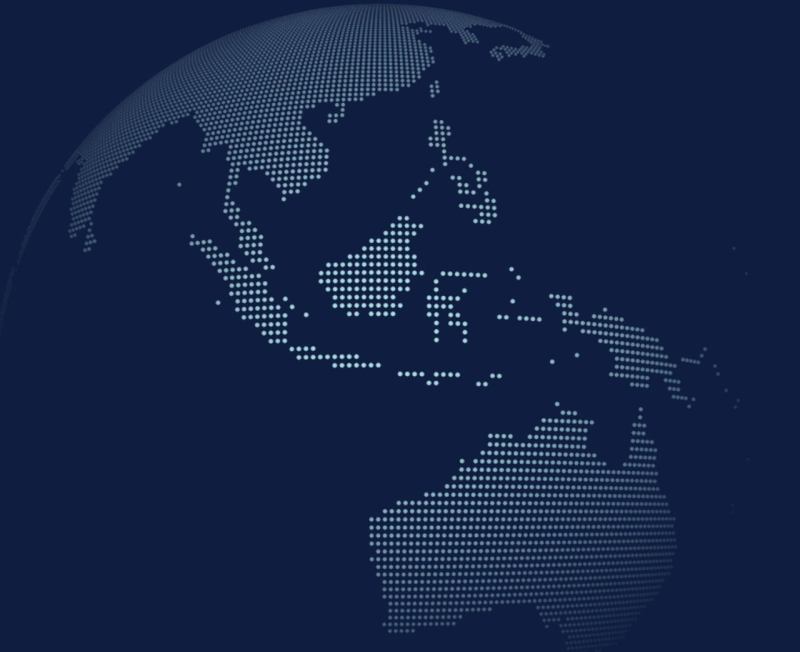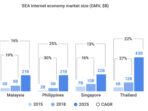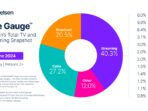Indonesia General Insurance Statistics – Does Indonesia reach universal health coverage? Secondary analysis of national insurance data, health costs and availability of services
Objectives for analyzing the relationship between the need for health care, insurance, the availability of medical services, the use of services, insurance claims and the costs of bags for healthcare in Indonesia.
Indonesia General Insurance Statistics
Develop a secondary analysis of national representative quantitative data. We have combined four national data sets: National Socio -Economic Survey of 2018, National Census of the Settlements of 2018, the health index of the Health Development and National Insurance Records 2018 at the end of 2017. Descriptive analysis and linear regression were carried out.
Tobacco Control Goes Missing From Indonesia’s Presidential Ballot
In the founding of Indonesia, there is one of the world’s largest national health insurance schemes. Data is an individual and district level; All are representative of each of the 514 districts of the country.
Participants anonymous secondary data of 1 131 825 Individual data in a national social -economic poll and 83,931 records of the village according to the census of the village. Total data for 220 million insured citizens.
The most important results measure the use of the medical service and payments for their own bags if necessary in healthcare, insurance status and accessibility of services. Secondary result: insurance claims.
The results of the national registration of the health insurance (60.6%) are approximately 10%lower than the insurer’s report (71.1%). Insurance coverage is the highest in poorer areas where the provision of services, and therefore the use of services and health costs, is the lowest. The use of the hospital is higher with insurers (or 2.35, 95% BI 2.27 to 2.42), control of health and access) and worse patients are likely to report free hospital assistance (53% in the field of wealth 1 versus 41% in Q5). Insurance patients spend on hospitalization for $ 3.14 than for uninsured (95%of CI 1.98 to 4.31), but the difference disappears with wealth control. Lack of services is the most important limitation of the use of services, insurance requirements and costs of your own bags.
Insurance Market Report 2025-2034|trends
Conclusions The Indonesian State Insurance system protects a lot of stationary, especially the poorest, at excessive costs. However, others, especially in East Indonesia, cannot benefit because few services. To achieve fair health, the Indonesian government must resolve restrictions on supplying delivery and reducing structural under -financing.
Data is available in public open access. Stat and analysis files in Stata (. The article reports at regional level, in the warehouse we provide data for each of the 514 areas of Indonesia in extra tables, as well as in an easier charged Excel format. They are provided by the authors under the license of the CC0, though, with a work. Re -use of these means of use
This is an open-access article that is distributed in accordance with the Creative Commons Attribution License Non Command (CC BENC 4.0) with which others can distribute, remix, adjust, build this work in a non-commercial task and to enjoy their derivatives under different circumstances. Not -Profit. See: http://creativeecommons.org/licenzen/by-nc/4.0//0//4.

If you want to use one or all this article again, use the link below that you will deliver to the human rights service of the Copyright Center. You can get a quick price and immediate permit to reuse the content in different ways.
Indonesia Freight And Logistics Market Size & Share Analysis
(JKN). Politicians have set an ambitious goal: to register all Indonesians, and therefore to achieve the general health coverage (UHC) by 2019.1 –3 Although the target was missed, the great success has been brought, at least in terms of registration of participants. Scheme reports more than 220 million participants (31 July
, 2020), 82% of the national population of 268 million, 4, making JKN one of the world’s largest health insurance schemes in the world. According to the vision of who was for UHC, 5 was one of the JKN goals to increase fair access to medical services without the risk of impoverishment, everywhere in the entire country. However, the limited availability of medical services means that the registration of participants may not be effective “coverage”.
Participation is mandatory, bonuses paid by employers. A state that covers prices for its employees, poor and almost poorly pay 69% of all bonuses.4 Indonesian Indonesians in unstable workplaces, 30 million people, a heat to pay for their own bonuses. In practice, many do not have.
More than 2300 hospitals, 1700 of them take patients financed with JKN.9 in general, JKN pays for first -line care (intramural and outpatient) by capital, while hospital assistance is compensated against diagnostic codes. Argerager, treated at all levels of prices. The shortage since the foundation of the program.14 15 cumulative deficit was 51 trillion. Rupees ($ 3.7 billion) at the end of 2019.15
Indonesia Retail Market Report
In an attempt to reduce the deficit, the bonuses were about twice in January 2020, but the Constitutional Court ruled that the increase in contributions was the right to healthcare, and it was abolished by emphasizing the politically accused landscape, in which the reform of health care passes.8 16 in May 2020.
Achieving access to high -quality medical services throughout the country is a special challenge, given the exceptional diversity of Indonesia. More than 60% of the population lives in Java, only 6% of the country. There are another 7,000 inhabited islands, the population density varies from 10/km
In the west of Java.20, income and health needs are comparable; For example, 43% of the children in East -Nusa Tengchari are overshadowed, compared to 9% in the province of Jakarta.21
31647-7/asset/456eee87-5cb0-4bd8-b482-1482380d6660/main.assets/gr10_lrg.jpg?strip=all)
The latest government inspection of the health care sector, published in the JKN program for 5 years, noted that the proposal of medical services in many areas remains an important limitation.22 Studies in Indonesia and other countries suggest that healthcare is collected in areas with a higher income and less critical health needs.
Oil And Gas In Indonesia: Investment, Taxation And Regulatory Guide
We combine four national representative data sources to perform this analysis. If JKN offers fair access to the medical service, protection against impoverishment, we expect that areas with the highest health should have the highest level of services and high insurance requirements, with a limited difference in issuing their own forces (OOP) throughout the country. In view of the limitation of the proposal reported in national health care, however, we have the hypothesis that we will find a more complex relationship, as shown in Figure 1. At the aggregated level we expect that the areas with more services report higher claims. At an individual level we expect that insured service users will spend less than OOP than non -insured service users.
Moreover, it is proof that Indonesia with administrative boundaries in 2017 should be made with administrative boundaries in 2017 with administrative boundaries in 2017.
Additional information about these sources and data obtained from each are given on the internet file 1. Additional file 2 On the internet shows the steps that follow to combine these different data sets for analysis. All extra materials on the internet, as well as data management and reuse codes are provided on https://doi.org/10.7910/dvn/2q37XL.
We have received a proxy health career of the health index of the Ministry of Health 2018. The index (0–1) includes reproductive, mother and children and environmental elements, prevalence of diseases and access to services. Higher values indicate the better health of the community. We have mentioned the index, with the exception of access to services and its running (100 – (100 × Health Index) to indicate that the area of health care of the district.
Healthcare Insurance Analysis Dashboard
In SUSENAS 2018 Persons Insurance of Self -reporting per type: JKN (subsidized or not subsidized), district care, private insurance or extra workplace insurance. In the analysis reported here, we have classified people as insured if they reported at least one form of health insurance and also calculated those who report every state insurance policy (JKN or District Health Insurance). We have calculated the coverage of insurers and the registered participants divided into the population of the district.
In Susenas 2018 we have calculated OOP for Health, in which household payments are summarized to official care providers and medicines and medical support, such as prostheses. Insurance contributions are excluded. We have estimated the costs of health care per head of the population, so that all the costs of household are distributed by the number of members of the household by health. The costs per head of the population were calculated by sharing in -house care by sharing fixed costs during the previous 12 months by the number of members of the household reporting the previous 12 months in -in -law.
We have built up a proxy for limited physical access to medical services in the field of the village scensus. The village heads ask if there were various medical services in the village, and if not, how easy it is to reach everyone. We















